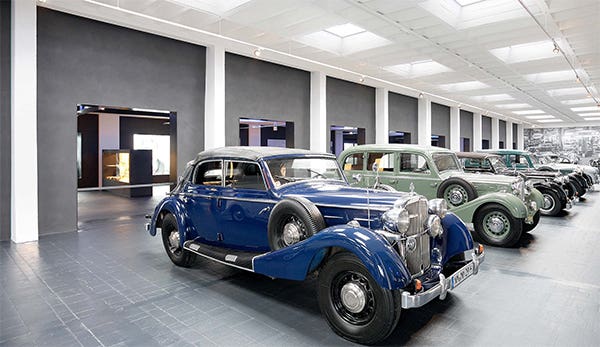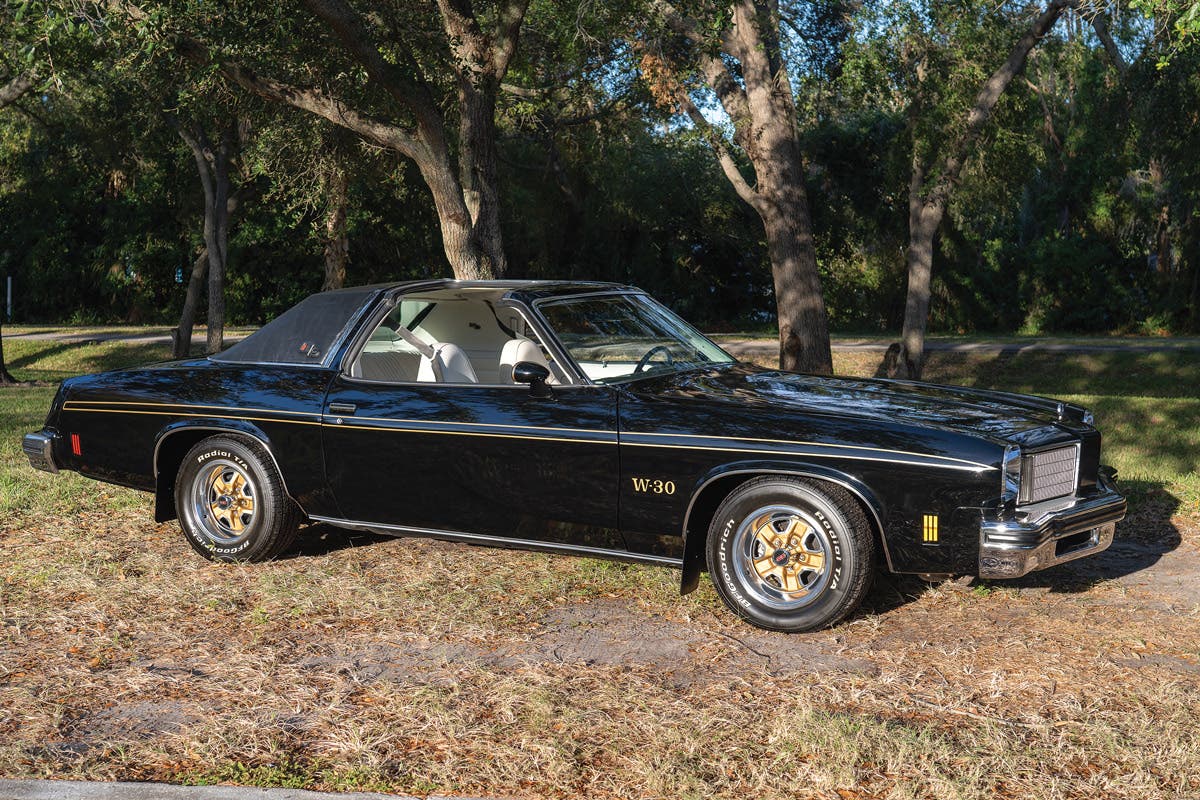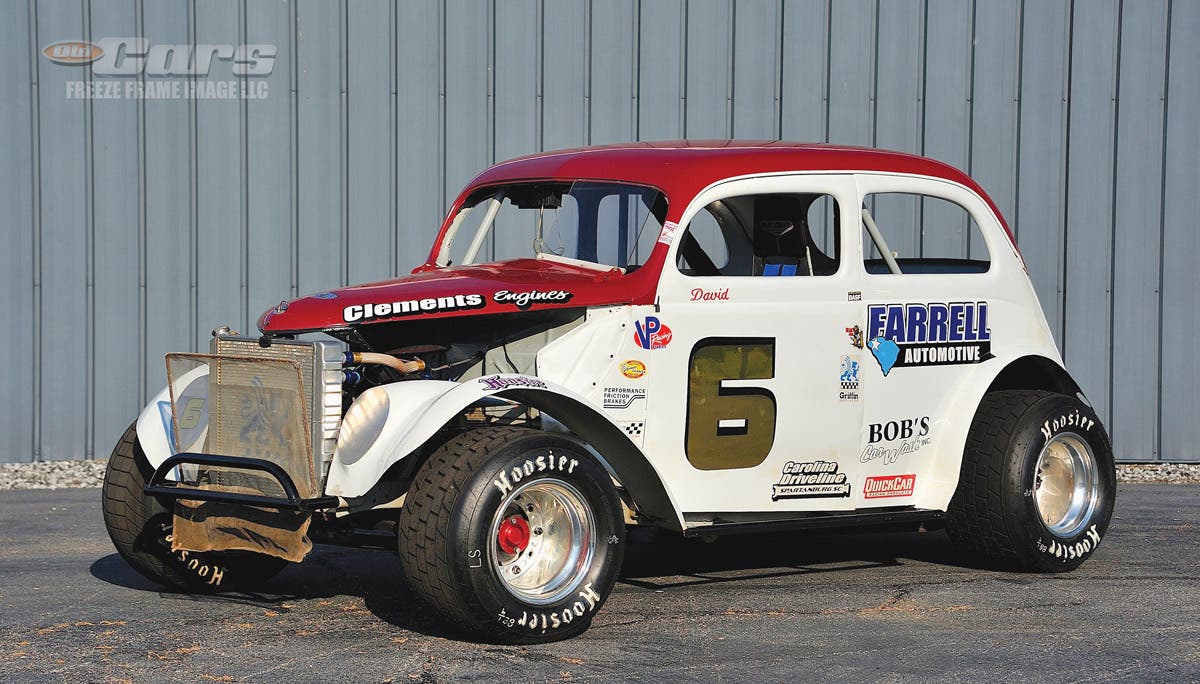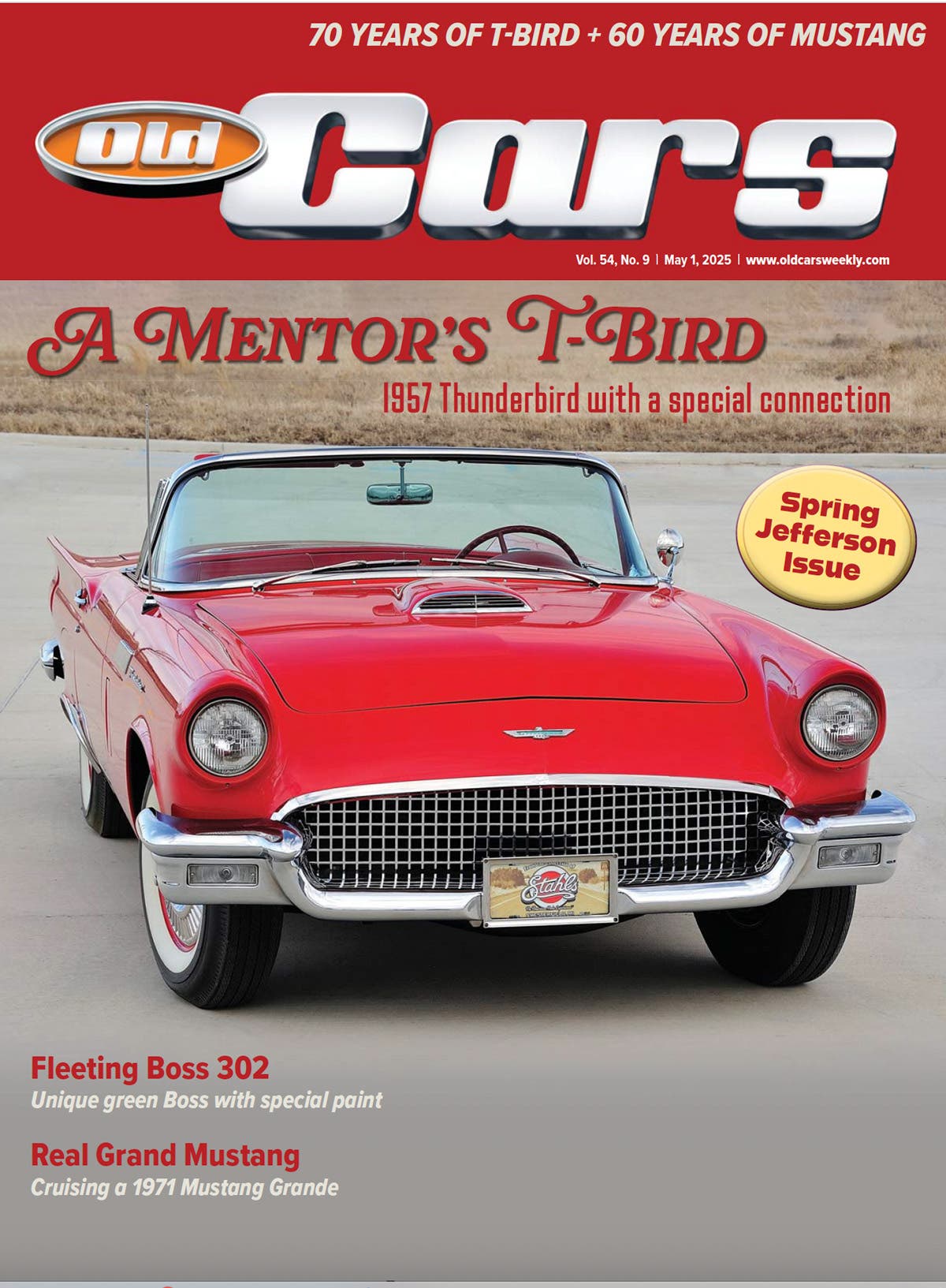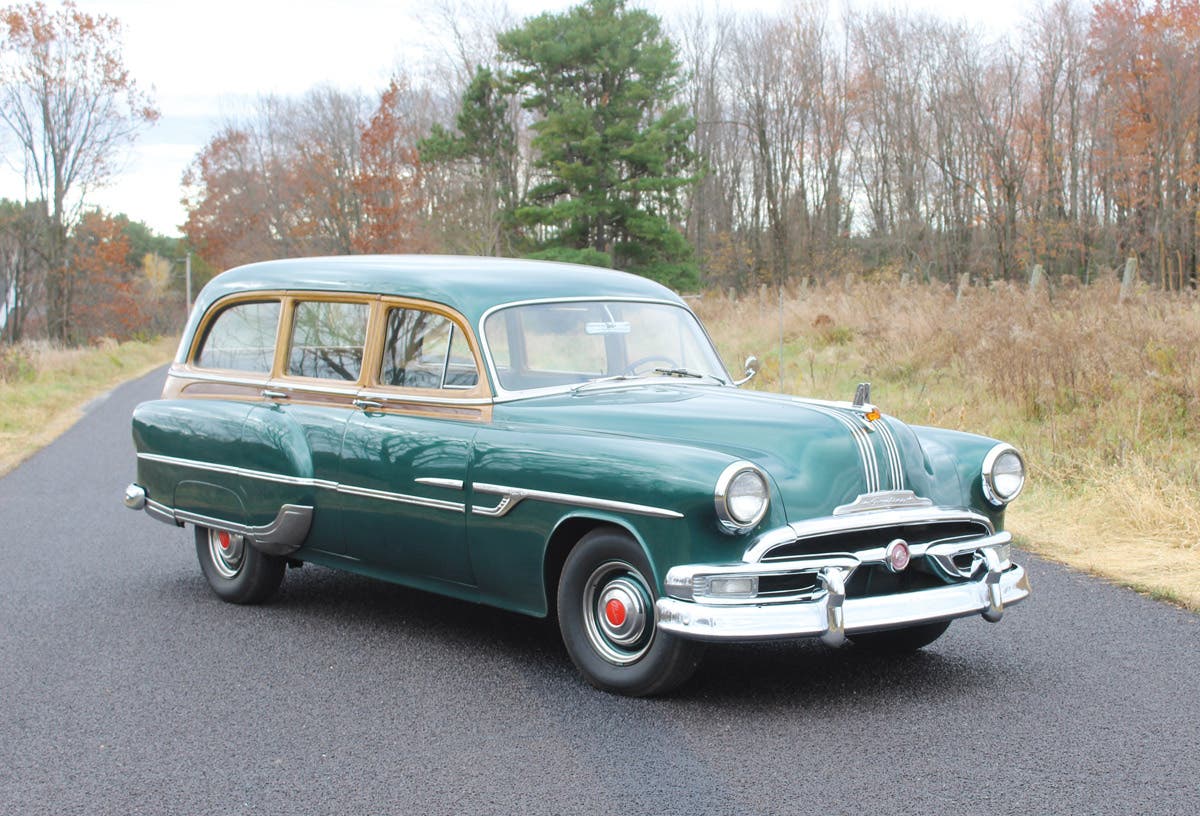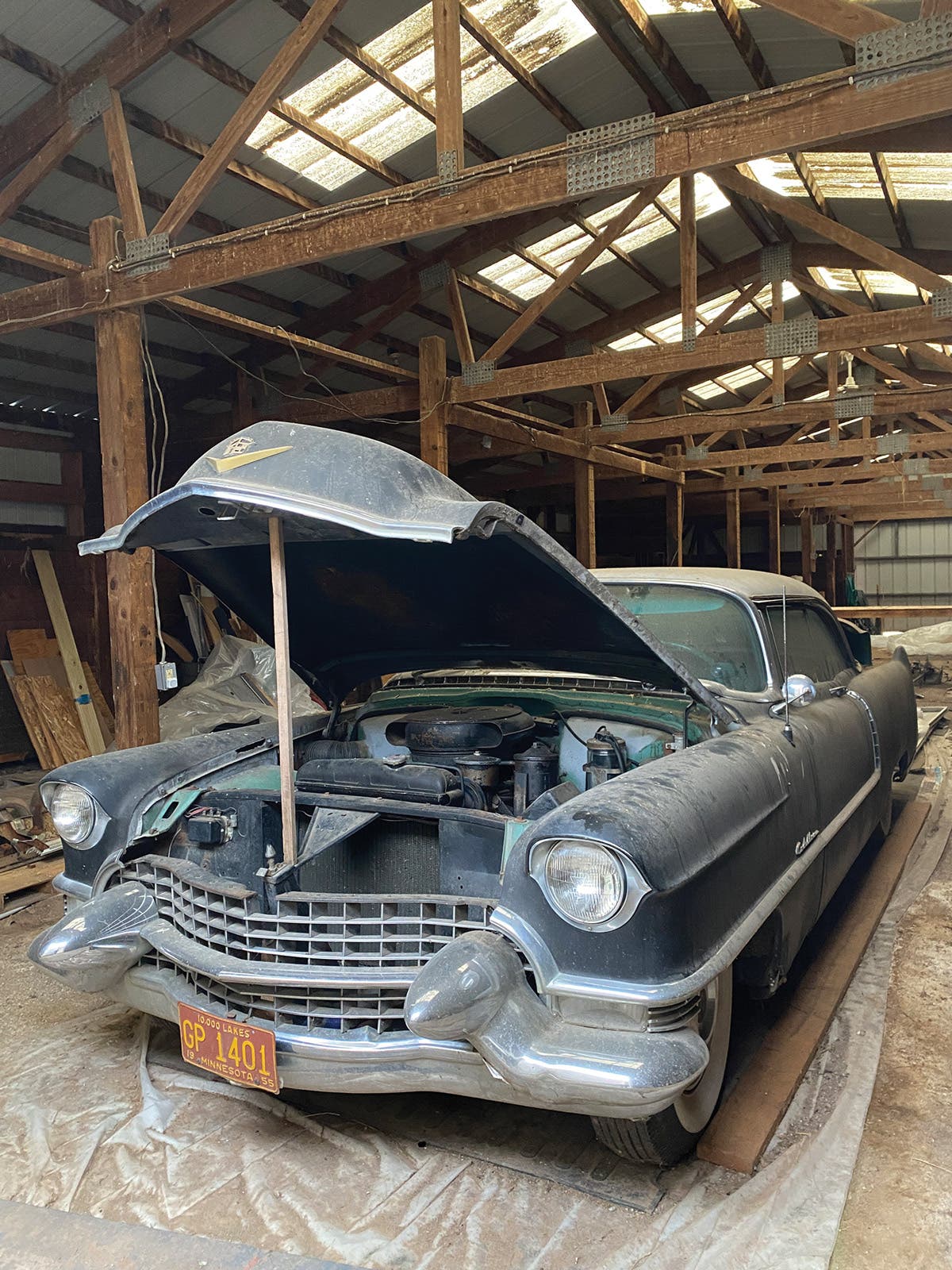Car of the Week: 1908 Buick Model F
Don Obermeyer’s 1908 Buick has been in the family since long before he came along. And if he has his wish, it will still be in the family long after he’s gone.
By Brian Earnest
Don Obermeyer’s 1908 Buick has been in the family since long before he came along.
And if he has his wish, it will still be in the family long after he’s gone.
Don and his brother Jim have made sure the old Buick has been treated right in recent years, teaming up to have the car restored not long after it celebrated its 100th birthday a few years back. These days the car is the toast of Valparaiso, Ind., where Don keeps it in a heated and air-conditioned garage.
That’s probably better treatment that the Buick ever got from Henry Obermeyer when he bought the car new in 1908 in Lafayette, Ind.
“I never really met my grandfather. He was gone before I was born,” Don says. “I don’t know for sure how long he drove it �� I know it ended up in a barn for quite a while and then my uncle Mike got it out of the barn in the ‘50s and he started driving it! [laughs] His car broke down and he actually drove it to Washington, D.C. from Lafayette! I don’t know quite how he did that.”
Nobody in the Obermeyer clan really wanted to put a lot of time or money into the 1908, but nobody wanted to see it go, either. The car bounced from brother to brother and was never completely neglected, but eventually a decision had to be made about what to do with it.
“You don’t want to stick any money into it if it isn't yours,” Don joked. “My uncle had it until maybe 1952 or ’53, I think, and he told my brother to just get the thing out of here, so that’s what Jim did … He had it for a while and it kind of came to our house and I just kind of took it over. I'd seen it when I was a kid, maybe 10 or 11 years old and I just loved it then. I always liked cars and always wanted it. I finally talked my brothers and sisters into letting me buy them out.
“We really didn’t do a whole lot with it for a long time. It was really in nobody’s name and nobody was going to spend any money on it. We just kind of drove it a little bit and put it in a few parades and it got to the point where it wasn’t running any more and it sat in my garage for about 15 years. Finally, I called my brother and said we’re getting older, we’ve got to get something out of this car. So we went and restored it. I had to spend a lot of money, and it seemed like it took forever, but that’s what it needed.”
Obermeyer admits he didn’t really know what he was getting into when he began tearing the Buick down, and knew he would need plenty of help. Once he got a look at how bad the car’s wooden body was, and realized that the car needed work in all areas — structurally, mechanically and aesthetically — he knew it wasn’t going to be a short project. “Everything was a challenge to me. I never did one like this,” Obermeyer noted. “I had a friend who found out I had the Buick, and he had a 1909, and he helped with a lot of things … I wound up farming out a lot of things, and my brother Jim was the mechanic. He helped with a lot of that.”
Once the brothers had the car in pieces, they had to start sending things out to get worked on. While they were waiting for things to get finished, they had to find missing parts and pieces — mainly all the brass pieces that had disappeared off the car at some point in its past. “All the brass pretty much got taken off it. I don’t know if they sold it off during the war or what. The generator, radiator, lights — everything was gone,” Don said.
The crank had a crack and had to be remade. A shop in Ohio rebuilt the wooden frame and eventually repainted the Buick. The two-cylinder engine was rebuilt and given new aluminum pistons. The diamond-pleated upholstery had to be completely redone for at least the third time in the car’s life.
“One of the big things is that these cars had a two-cylinder engine, and that motor is underneath," Don said. "Basically, with the way they worked, a lot of the oil just drips out onto the ground, and winds up on the body and stuff and just soaks in the body. The wooden body had pretty much rotted away. We saved the doors and the seats, but the rest of it was all remade. The guy who did the body for me said his boy was a really good painter, so I went ahead and had him paint it. I had repainted it myself in about 1965 — I gave the car what you would call a ‘rough restoration’, I guess — and I had painted it red with black fenders. This time I had it done like it was originally, which was burgundy.
“Gosh, I think it’s been painted about four times. It’s been around!”
Grandpa Henry Obermeyer had pretty good taste when he went car shopping in 1908 and picked out one of the nicer machines on the market at the time. The right-hand-drive Model F was one of two horizontally opposed two-cylinder models offered by Buick in the early days. It was configured as a four-door, five-passenger touring car and carried a base price of $1,250, while the two-lung Model G was offered as a roadster and sold for $1,150. Henry’s car was one of 3,281 Model F examples built for the model year.
In 1907, Buick had added four-cylinder models to its lineup. For 1908, buyers could opt for Buick’s Model D, S, 10 and 5 — all of which had superior 30-hp inline four-cylinders that could compete with the popular Model T Ford. The small Model 10 offered four-cylinder power for less than $1,000 and proved to be the most popular car on Buick’s menu with 4,002 assemblies.
The Model F and Model G Buicks were extensively restyled for 1908 with longer wheelbases and reshaped hoods, fenders and grilles. Both were offered only with wine-colored bodies with red wheels. The Model F featured the 22-hp, 159-cid inline two-cylinder controlled by a two-speed manual transmission with a cone clutch and chain drive. Two-wheel mechanical brakes did the stopping. The tilt steering column allows the driver room to get in and out. The car has no windshield, speedometer or gas gauge. Henry Obermeyer also passed on the optional folding top.
“Grandpa never bought the top. The top was extra and he didn’t get one, so we’re gonna have it like he had it,” Oberyemer said. “The top was extra, the lights were extra and the horn was extra.
“Those tops are mean to mess with! You go down the road and they catch all that wind… This car never had one, and I like it the way it is.”
Obermeyer says the Buick still starts easily with the hand crank on the right side of the engine. “It’s no problem. It starts easily with one person, if it’s running right… I can usually start it right way, but I don’t wrap my thumb around the handle. You put your thumb on the same side as your fingers in case it kicks.”
Obermeyer has driven the Buick fairly regularly the past few years and tried a little touring with other brass cars of the era. For the most part, though, he uses the car to have a little fun on weekends and putter around at shows.
“I’ve got an enclosed trailer I haul it in. If a show is 10 or 12 miles away, I’ll drive it to a show,” he said. “We have taken it on some brass tours … but that’s kind of hard on them, especially trying to keep up with the Model T [laughs]. They’ve got a four-cylinder and they will go down the road 40 mph. If we’re going 40 mph, we’re wide open!
“It’s right-hand drive and has real quick steering and just a two-speed transmission. It’s actually got a tilt steering wheel. I don’t know how many cars then had a tilt steering wheel. It wasn’t for steering, it was so you can get in behind the seat.”
Even though he is officially the car’s owner, Obermeyer still looks at the venerable Buick as a car that belongs to the entire family. He usually has some other family members with him when he visits car shows, and it remains a source of pride for many in the clan.
“Yeah, it’s a family car, definitely," he notes. "I wanted to buy it because with 26 nieces and nephews, I didn’t want them to get into a squabble and wind up selling the thing. I wanted it to stay in the family."
_______________________
Show us your wheels!
If you’ve got an old car you love, we want to hear about it. Email us at oldcars@aimmedia.com
______________



